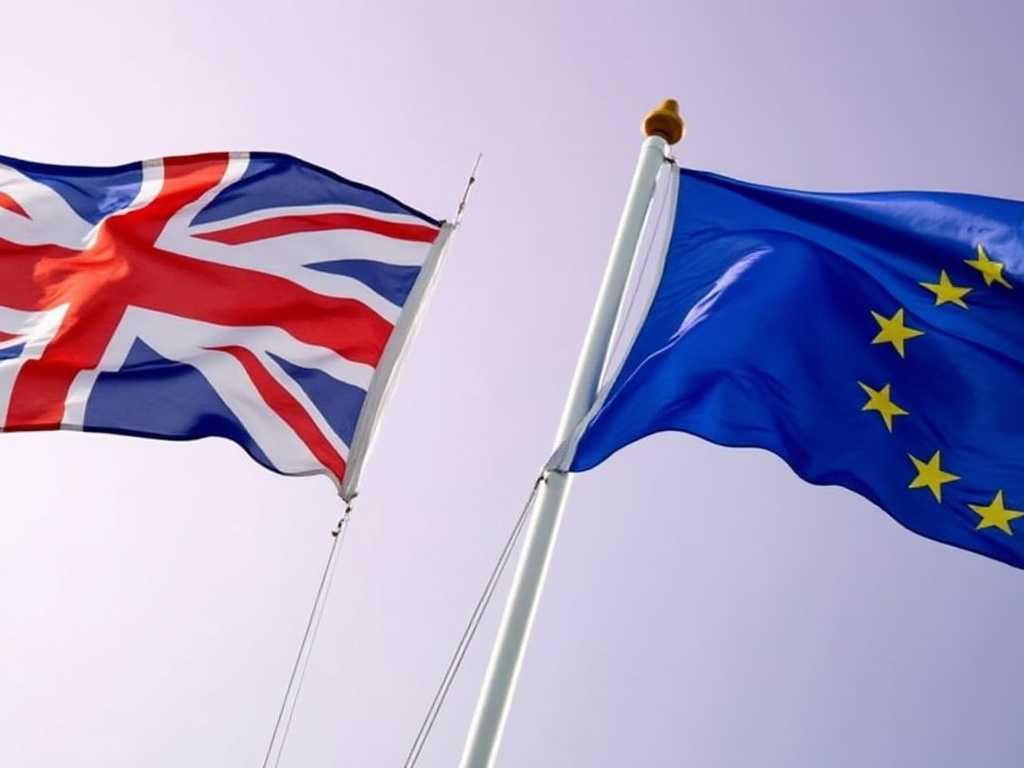JERUSALEM/SHARM EL-SHEIKH – October 13, 2025 – In a series of momentous developments culminating years of conflict, Hamas released the final 20 living Israeli hostages on Monday, marking a significant turning point in the ongoing crisis. This release, part of a U.S.-brokered ceasefire agreement, was met with widespread relief and celebration across Israel. Concurrently, Israel freed nearly 2,000 Palestinian prisoners, a reciprocal step aimed at de-escalating tensions and paving the way for lasting peace.
As these critical exchanges unfolded, U.S. President Donald Trump addressed the Israeli Knesset, Israel’s parliament, heralding the events as a “historic dawn of a new Middle East.” He subsequently traveled to Sharm el-Sheikh, Egypt, to co-chair a high-stakes peace summit with Egyptian President Abdel Fattah el-Sisi, bringing together leaders from over 20 nations to solidify the ceasefire and chart a course for regional stability. This news represents the most significant diplomatic breakthrough in the region in recent memory.
A Day of Deliverance and Exchange
The final group of 20 living Israeli hostages were handed over to Red Cross officials on Monday morning, bringing an end to over two years of captivity for those individuals. The families of the freed hostages experienced overwhelming joy and relief as their loved ones were reunited with them after enduring immense suffering. Simultaneously, Israel began releasing approximately 2,000 Palestinian prisoners, a move that saw thousands gather in the West Bank and Gaza to welcome the detainees, many of whom had been serving lengthy sentences for terror-related offenses. The exchange represents a critical phase in the U.S.-brokered plan aimed at ending the two-year war that has devastated Gaza.
However, the agreement was not without its complexities. Hamas was expected to return the remains of 28 deceased Israeli hostages, but initially only provided four bodies, an action that some Israeli officials deemed a breach of the terms. The return of all deceased hostages remains a sensitive and unresolved issue.
Trump’s Diplomatic Offensive
President Trump’s engagement in the region underscored the administration’s commitment to resolving the conflict. His address to the Knesset was met with enthusiastic applause, as he declared the ceasefire agreement as not just the end of a war, but the “end of an age of terror and death, the beginning of the age of faith and hope”. The President emphasized that the current moment offered a “brilliant point in time” to build lasting peace.
The centerpiece of his diplomatic push was the peace summit in Sharm el-Sheikh. Co-hosted with Egyptian President Abdel Fattah el-Sisi, the summit convened world leaders to discuss the future of Gaza, reinforce the ceasefire, and foster regional stability. President el-Sisi lauded President Trump as the “only one” capable of achieving peace in the region, highlighting Egypt’s crucial role in the negotiations and expressing strong support for Trump’s efforts. The summit aimed to solidify the U.S.-proposed deal and discuss postwar plans, including potential new governing mechanisms for Gaza and the disarmament of Hamas.
Current Trending News and Future Outlook
This series of events marks a significant shift in the current geopolitical landscape, positioning the recent developments as trending news globally. The success of the ceasefire and the prisoner-hostage exchange have been attributed, in part, to intense diplomatic pressure and negotiations involving Qatar, Egypt, and Turkey, alongside the U.S.. President Trump himself suggested that U.S. military actions against Iran’s nuclear facilities played a role in facilitating the deal.
While the release of hostages and prisoners brings a measure of closure and hope, fundamental questions about the long-term governance of Gaza, the fate of Hamas, and comprehensive regional stability remain. The summit in Sharm el-Sheikh is expected to address these complex issues, setting the stage for the next critical phases of peacebuilding in the Middle East. The participation of leaders like former UK Prime Minister Tony Blair, with discussions around his potential role in postwar Gaza, further highlights the international effort to reshape the region’s future.
The agreements reached and the diplomatic momentum generated by this current news cycle offer a fragile but tangible hope for an end to decades of conflict and the ushering in of a new era of peace and cooperation in the Middle East.















